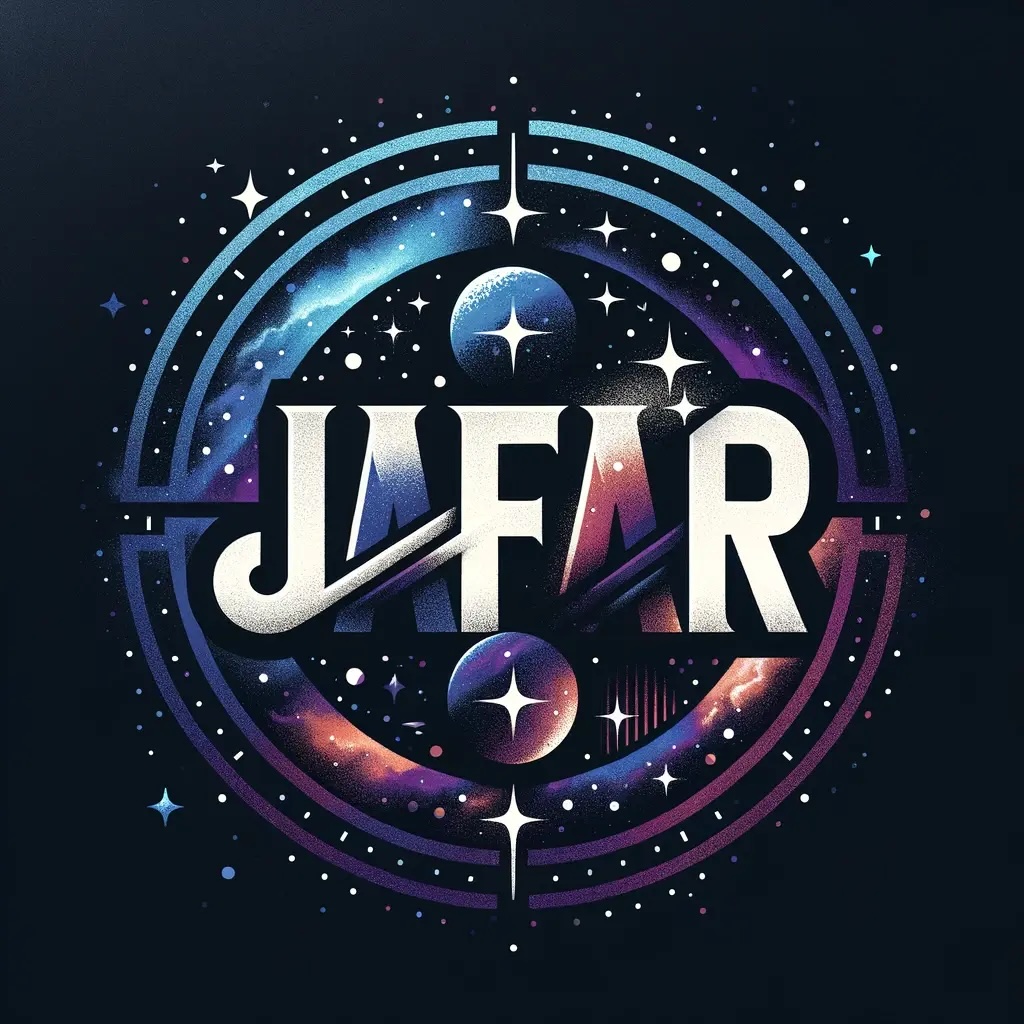Welcome to Jafar !
Standing for
Just Annotate Features for Astronomical Results,
Jafar is a user-friendly online annotation tool that helps
scientists to easily identify and classify features in astronomical images.
It allows users to precisely delineate the contours of features of interest directly on any astronomical background image,
enabling quantitative measurements such as geometry or luminosity.
Jafar has been used in several publications (Sola+2022, 2024,
Marleau+2024) to annotate very faint Low Surface Brightness (LSB) features
in deep images. Although Jafar can be used to annotate any type of features,
it has proven especially useful for faint structures that are difficult to detect automatically.

How does it work ?
The annotation process is straightforward and explained in more details in this tutorial. Users draw the boundaries of each feature of interest
directly on the astronomical image, assign labels, and optionally add notes. The contours’ coordinates and metadata are stored in the Jafar database.
The visualization and navigation interface relies on Aladin Lite developed by
the CDS, and on initial developments made by F. Richards.

Which projects can Jafar be used for ?
Jafar is highly versatile : it can annotate any galaxy-related image, from environments to substructures, using intuitive drawing tools.
It can also generate annotated datasets to train Deep Learning models for automatic feature detection.

Who are we ?
We are an international team of scientists and engineers working together to provide this unique
service to the astronomical community !
Our core team includes members from the Observatoire astronomique de Strasbourg
(FR, Pierre-Alain Duc, Olivier Marchal), the Institute of Astronomy of Cambridge (UK, Elisabeth
Sola), the Université de Toulon (FR, Adeline Paiement), and Swansea University (UK, Felix Richards).
If you would like to get involved in one of our projects, please 'Sign up' using the login button
or send an email to the Jafar project manager, describing
your interest in joining our project.

